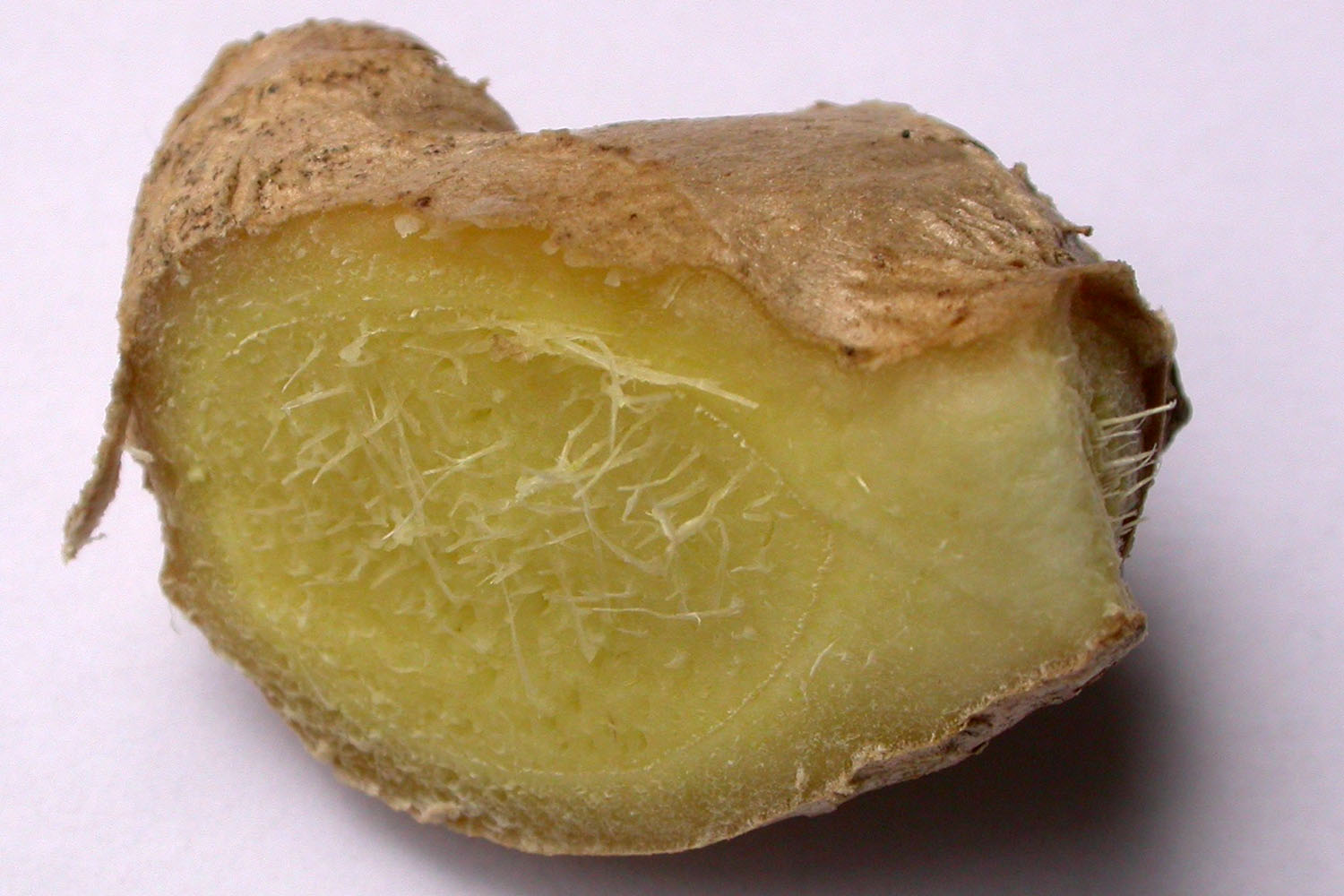An old method my mother used to prevent my catching airborne colds and flus was to go to the pharmacy and purchase a camphor cube, which she would wrap in a thin muslin cloth and pin inconspicuously to the upper part of my undergarment. As a preschool and lower school kid, I was sent off to school wearing this and I only barely understood what it was for. I do remember that whenever I was wearing it, I never caught a cold or flu.
Asafetida was also similarly used. Bruised garlic can be used as well, but then your child would be immensely unpopular!
But you don’t have to use these old odoriferous methods of cold and flu prevention on your own family. The herbs described in my last post do a much better job. Seasonal dietary additions like the ones below also go a long way to warding off Fall and Winter bugs.
Chop up a few cloves of garlic, place in a jar or bowl, and add enough extra virgin olive oil to cover. Dip bread in the oil and eat freely throughout the day. You can make a big batch to last the week or make a fresh batch everyday, using the leftover garlic in your cooking; but keep in mind that the longer the garlic sits in the oil, the stronger the oil becomes. Just don’t let it go rancid. To prevent this, keep it tightly covered to keep it away from air and light. To stay on the safe side, I’d say don’t make more than you can use in a week, tops.

For the same purpose, try fresh ginger tea sweetened with honey. Thinly slice a few pieces of fresh ginger and pour a mugful of boiling water over them. Cover and steep for 15 minutes or so (until the water turns yellow), strain, and add honey to taste. You may take this delicious tea liberally throughout the day. It’s amazingly effective for those first signs of sniffles and mucus.
Both of these are quite pleasant and tasty and you probably won’t have much of a problem getting your kids and everyone in the family to try them.
One of the most important things you can do to boost your immune system is to incorporate plenty of fermented, probiotic foods in your diet, at least once daily. Many cultures save a space for fermented foods at most meals. Notice how traditional Japanese meals begin with a warm cup of miso soup; Koreans serve a spicy vegetable-based fermented food called kim chee; German cuisine uses sauerkraut and other fermented foods; and Northern Europeans, Indians and Arabic people have a tradition of eating unsweetened cultured dairy such as kefir and yogurt.
Probiotics are defined as microbial food supplements that supply the body with a group of organisms known as lactic acid-producing bacteria usually found in yogurt and other fermented foods like the ones mentioned above. Lactic acid bacteria have been found to: 1) improve GI tract health; 2) enhance the immune system, synthesizing and enhancing the bioavailability of nutrients; 3) reduce symptoms of lactose intolerance; and 4) reduce the risk of cancer. Regularly including probiotic foods and/or supplements in the daily diet is an effective approach for health maintenance and disease prevention.
Next week I’ll go over a few more Ayurvedic and traditional Chinese herbal formulas specific for Fall and Winter for adults and children.
Do you remember any folk methods your parents or grandparents used to help you stay well in the cold and flu season? Did they work? I invite you to contribute these in the comments section.

